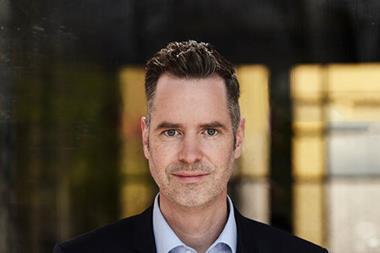The Frankfurt-based BVI, the German investment fund association representing the fund management industry, earlier this year produced for the first time the figure for each KAG’s Spezialfonds assets. But it had been collecting these figures and making them available on a confidential basis to the association members.
Before this it only gave figures publicly for the number of Spezialfonds and the more retail Publikum funds, as well as the overall aggregated assets figures at an industry level for both types of funds. This information will be published on a regular basis every half year by the BVI. However, though the BVI includes most of the 80 or so KAGs in the market, there is a handful who are not members. For those groups, separate figures are given below.
“We are working on having some data on the development of master KAGs in the market during the third quarter of this year,” says Andreas Fink, senior vice president at the BVI. “The problem is collecting this information on a comparable basis.” Also, the association is going to try to split out from the assets a KAG handles, those which are with it on an advisory basis. “It’s not so easy to do, but it is interesting” says Carsten Lüders, senior vice president.
The BVI has seen the growth in this business as a positive factor in that it is meeting clients’ needs where they want to have one company to handle the administration, while the asset managers can come from different groups. “It is very helpful to have the administration under one roof. It also recognises that one asset manager cannot meet every need of a client,” says Fink.
The association is not sure to what extent the master KAG is going to be a long term trend in the industry. “We are just at the beginning,” says Lüders, who heads research at the BVI. “We are not sure in which direction this concept will go. We are watching the developments. It is really up to the investors as to how they decide.”
But certainly the new investment law which includes the long heralded proposals on outsourcing is reckoned to facilitate such relationships with external managers. “It gives the legal basis,” says Fink.
So the BVI expects to see more foreign asset managers coming into the market as investors use the master KAG structures and . “But we have no figures as to the extent to which this is happening, but certainly more will be coming in without forming a KAG.” But despite this, there are still foreign groups who are considering forming KAGs, the BVI maintains.
Under the new investment law, it will be less costly to set up a KAG, as the initial capital required will be E730,000, down from the current E2.5m and there are other features which will make it easier. “Because of this it is very hard to say what the impact on the market of the master KAG will be and of the foreign players,” says Lüders.
“Some will say it will be easier not to form a KAG and just do consulting or advisory work, while others will want to show their commitment by forming a KAG.”
As to the domestic marketplace, so far the BVI sees no trend to consolidation of KAGs. “There was the move of Dresdner and Allianz together with both KAGs being merged, but that was because the two groups came together,” Fink points out.












No comments yet